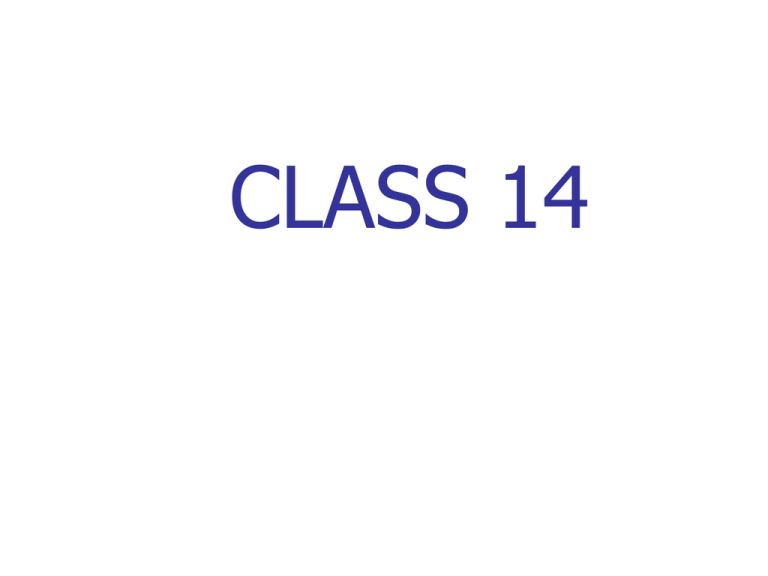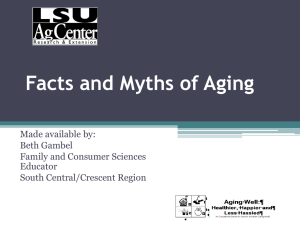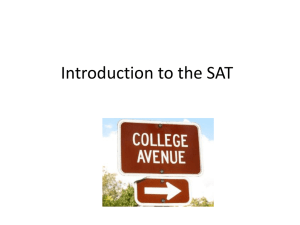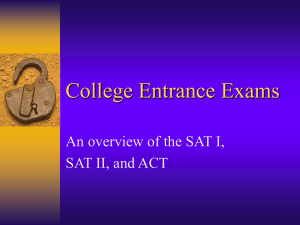
CLASS 14
Chapter 10
Human Development
Babies are cute
But later on…..……not so much
Three types of development
Physical
Intellectual
Social
Developing physically – normal child
Developing intellectually
Jean Piaget
1896 – 1980
Stage theory of cognitive development
Four stages
-highly influential
-the mind unfolds with age
-emphasis on normal child
Critique:
Little concern with environmental
effects
Observations of his own children
Underestimated abilities
Learning theories
It’s all conditioning
Gradual accumulation of S-R links
No systematic stages
Allows for differences
Family Constellation Effects
The arrangement of siblings:
e.g. birth order, family size, etc.
examples
FAMILY A
FAMILY B
FAMILY C
Charles
Anne
Andrew
Edward
Alec 9
Daniel 7
Bill 4
Stephen 1
Pierre 15
17
15
5
1
Intellectual Achievement (IA)
Includes grades, IQ, SAT, etc.
Zajonc (1979) collected large datasets on
families
Noticed effects of arrangement of
children:
eg birth order, family size, spacing, etc.
Six facts to be explained:
1.
2.
3.
4.
5.
6.
IA declines with birth order
IA declines with greater family size.
IA declines with close-spacing
IA declines with multiple births
IA declines with only children
Last-borns show extra decline
Confluence Model:
Two propositions
Proposition I.
Mental stimulation of the child leads
to permanent improvement in ability
Explains facts 1-4
Zajonc says do the math:
- Estimate degree of mental
stimulation by average level of
mental age in family
Childless couple:
At birth of first-born:
MS = (16+16)/2 = 16
MS = (16+16+0)/3 = 10.67
At birth of second born:
MS = (16+16+2+0)/4 = 8.5
How to explain facts 5 & 6 ?
Proposition II: The Teaching Effect
Last-borns don’t get to teach
Teaching aids the teacher
Consistent with research on memory,
peer-tutoring, etc.
Followup study by
Paulhus and Shaffer
data on 20, 000 students
SAT scores
Number of younger siblings
Number of older siblings
gender
Results
Boys
more older sibs reduces SAT
more younger sibs reduces SAT
Girls
more older sibs reduces SAT
More younger sibs increases SAT
Interpretation
Teaching effect is more than all-or-none
But only works for girls
Sex roles must have an impact
Kristensen & Bjerkedal (2007)
All Norwegian males have their IQ tested
by the military
N = 250, 000
First borns > second borns
Confirmed effect of birth order
Actually effect of raising order
Summary
Confluence Model is parsimonious
Explains 6 facts with two propositions
Entirely environmental
Effects are small -- but interesting












